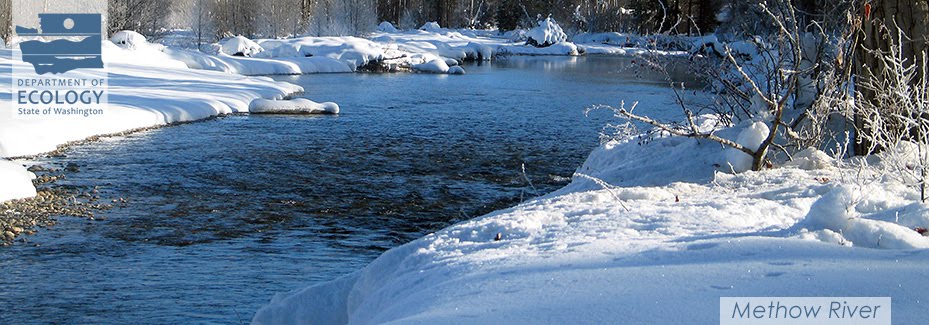 This week’s question on the Water Smart Washington Online Forum (Question No. 5) concerns one of the most controversial issues in water resources management in Washington state — regulation of water wells that do not require water right permits.
This week’s question on the Water Smart Washington Online Forum (Question No. 5) concerns one of the most controversial issues in water resources management in Washington state — regulation of water wells that do not require water right permits.Back in 1945 when the state’s Groundwater Code was approved, legislators wanted to ensure that farmers and ranchers and other rural residents had adequate water supplies for their homes, lawns, gardens, and livestock.
That’s why they created the “homestead exemption” allowing rural homeowners to a dig a water well for personal use without obtaining a water right permit, provided that water use does not exceed 5,000 gallons per day (gpd) for in-house use and a sufficient amount for a half acre lawn and garden.
For decades, groundwater has played a critical role in Washington’s economy and support of a quality environment. It is the source of drinking water for more than 60 percent of Washington residents and irrigates more than 385,000 acres in our state.
Since the 1940s, permit-exempt wells have supported rural development and housing. But with rapid population growth that has only recently slowed with the current recession, these wells have contributed to a depletion of groundwater in those watersheds where significant development is occurring. In some counties the wells also represent a threat to the water supply of senior water right holders. In times of drought, owners of permit-exempt wells are also at risk of being among the first to be cut off from their water supply because their right to water is subordinate to senior rights.
Ecology estimates we have at least 400,000 of these wells in Washington state but currently we have only one tool to curb their proliferation in water-short areas. Even though a typical rural household only needs from 200 to 500 gpd for in-house use, Ecology has no authority to reduce the 5,000 gpd limit. Our only option to reduce the amount of groundwater being withdrawn by permit-exempt wells in a water-short basin is to close the entire basin to new groundwater withdrawals. Hence, Question 5 of the Water Smart Washington Online Forum asks:
“Should Ecology have rule-making authority through amendment to the Groundwater Code to reduce the volume of water that can be withdrawn under the permit exemption in those watersheds where available waters are close to exhaustion?”
To participate in the forum go to Ecology’s home page and click on the Water Smart Washington logo.
We also invite you to visit our site for more information on the groundwater permit exemption.
The comments and discussions on the Water Smart Forum are helping us prepare for the upcoming Legislative session. We’re working to reform Ecology’s water management practices to meet increasing demands for water in a time of limited new water supplies.
The permit exemption is one of many water management issues in our recently released: 2010 Report to the Legislature and Governor: Water Resources Program Functions and Funding Structure: Recommendations for a Sustainable and Efficient Program.
The report identifies a number of efficiency improvements and makes specific recommendations for making the Water Resources Program more self–sustaining and less dependent upon State General Fund dollars.
We’re asking for your feedback on this report as well and will be taking comments


 Due to the EFRT concerns, an extensive, ongoing
Due to the EFRT concerns, an extensive, ongoing 








